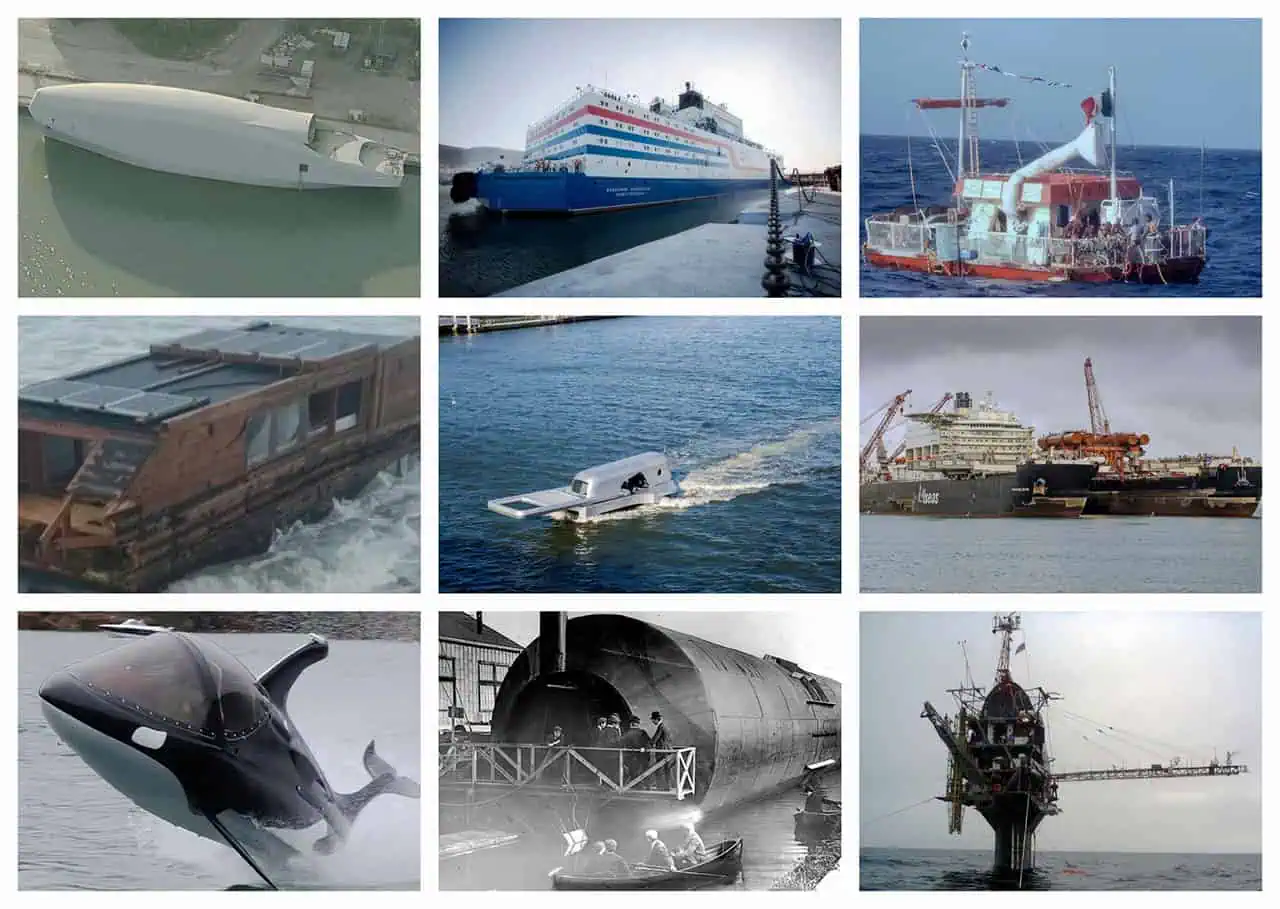Looking for something out of the ordinary on water? Our guide highlights nine boat designs that redefine creativity. From solar-powered floating homes without a captain to vessels that mimic dolphins, this article explores engineering marvels and invites you to discover boats that push boundaries.
Get ready for an exciting voyage into innovation.
Key Takeaways
Rick Small built a solar-powered houseboat that can travel long distances without a captain or fuel, making it to Ireland on its own.
Yasuhiro Suzuki designed the zipper boat, which looks like it’s unzipping the water as it moves, changing how we see boats interact with their environment.
The Seabreacher is a fast vessel that dives underwater like a dolphin, offering an exciting blend of speed and agility in boating experiences.
FLIP is a 355 ft sea lab that flips from horizontal to vertical in the ocean, letting scientists study waves, sound, and weather patterns without trouble from rough seas.
Pioneering Spirit is the biggest construction ship ever made. It sets new standards in marine engineering by handling large tasks quickly and safely at sea.
Table of Contents
Captain-less Solar-powered Houseboat
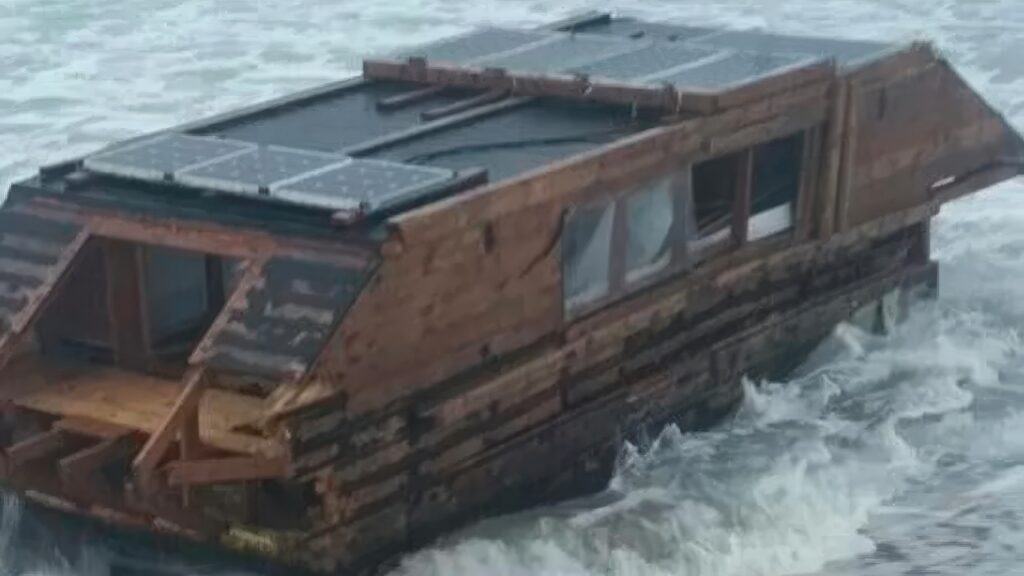
A Canadian man, Rick Small, built a unique houseboat. It runs on solar power and needs no captain. This boat ended up on Ireland’s shores, surprising many. Unlike most sea vessels, this one doesn’t have boat t-tops.
This vessel shows how travel can be eco-friendly and innovative. Powered by the sun, it sails without needing gas or a crew. Its journey to Ireland proves that solar boats can cross long distances all on their own.
Innovative Zipper Boat Design
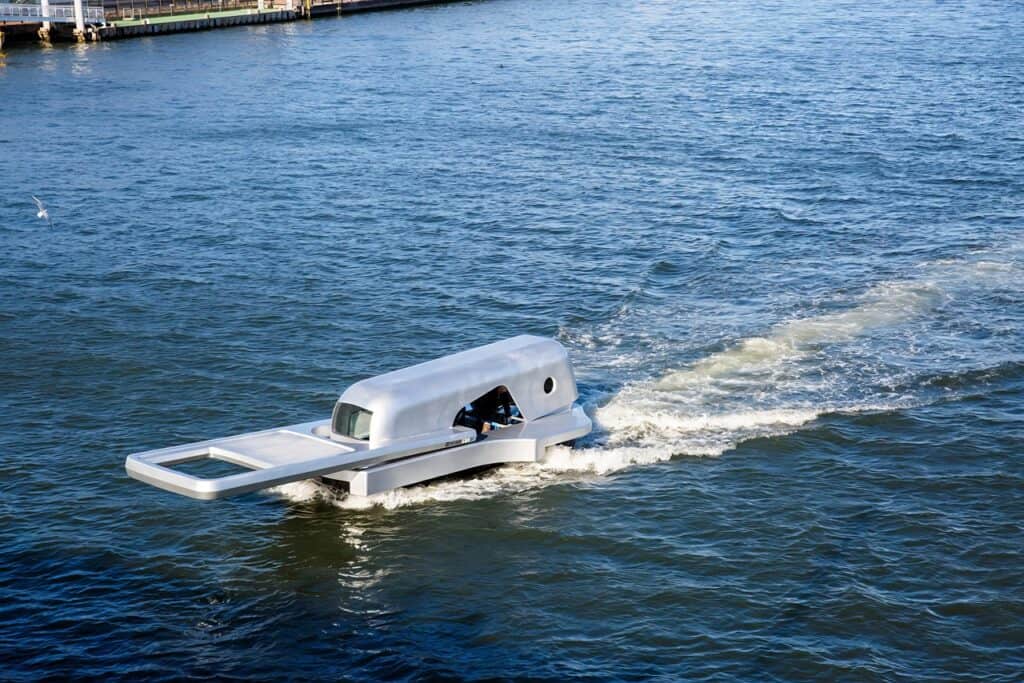
The zipper boat turns heads with its unique look. Artist Yasuhiro Suzuki came up with this design. He wanted it to seem like the boat was opening the water, just like a zipper does with fabric.
This idea might sound simple, but seeing it move through the ocean is nothing short of magical. The wake of the boat forms lines in the water that perfectly mimic those of an open zipper.
This creates an illusion so real, you’d think the sea itself is being unzipped.
I had a chance to see this boat in action once, and it’s truly unforgettable. As it cruised by, everyone on shore stopped to stare. The way it splits the water apart looks exactly like what you’d imagine based on Suzuki’s vision—it really does appear as if the ocean is opening up before your very eyes.
Beyond its artistic value, this innovative design makes us rethink what boats can look like and how they can interact with their environment in new ways.
The Revolutionary Roller-Boat
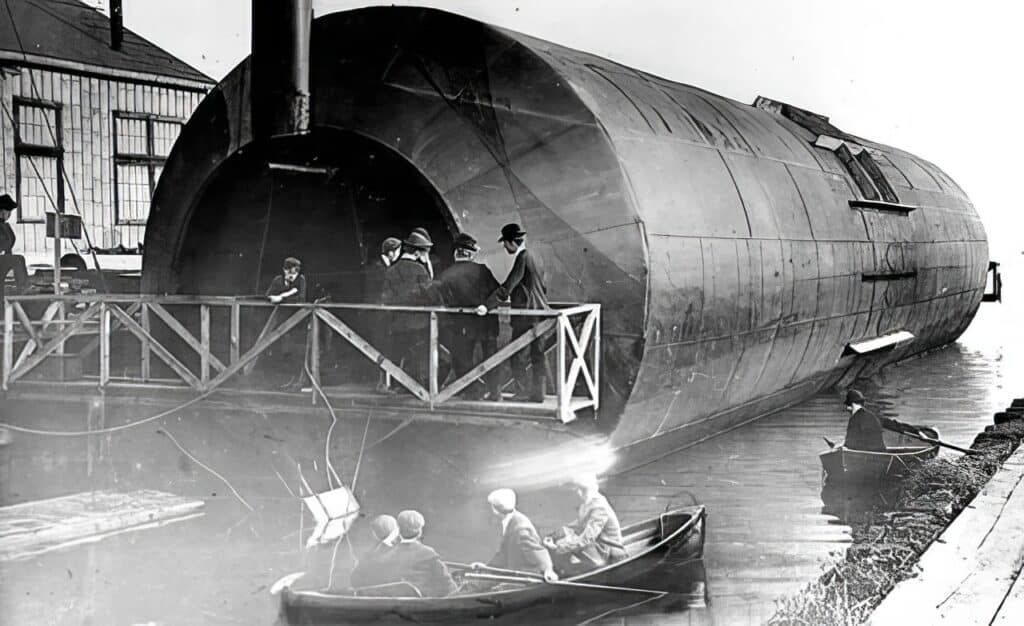
Moving from the creativity of zipper-inspired vessels, we hit another marvel: the revolutionary roller-boat. Frederick Augustus Knapp invented this boat that looks like a giant cigar on water.
It stands out because it was said to reach speeds over 200 mph. Such speed in boats was unheard of and remains unproven yet fascinating.
This boat changes how we think about marine travel. Imagine zooming across oceans at incredible speeds, cutting travel time drastically. The design itself is a leap from traditional shapes, pushing boundaries and inspiring future innovations in marine engineering and design possibilities for fast-paced ocean exploration without relying on conventional hull designs or propulsion methods.
Alcali Experiment: A Nautical Marvel
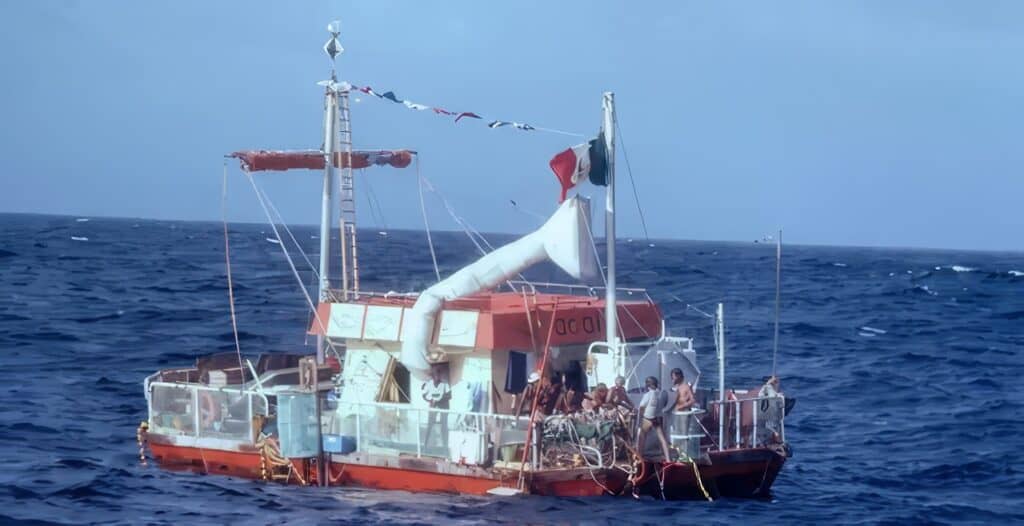
The Alcali experiment was no ordinary voyage. Santiago Genovés put 11 people on a big raft for more than 100 days, floating across the sea. This wasn’t just a trip; it was a deep dive into how folks get along when they’re stuck together, with nowhere else to go.
Think about being on that raft—waves everywhere, sharing tight spaces, and every day is a test of patience and teamwork.
This journey taught us something vital: humans can find ways to work together, even in the middle of the ocean. It’s proof that adventure and science can mix, creating stories worth telling for years. This experiment showed everyone that exploring new places teaches us not just about the world around us, but also about ourselves.
Seabreacher: The Dolphin-Inspired Vessel
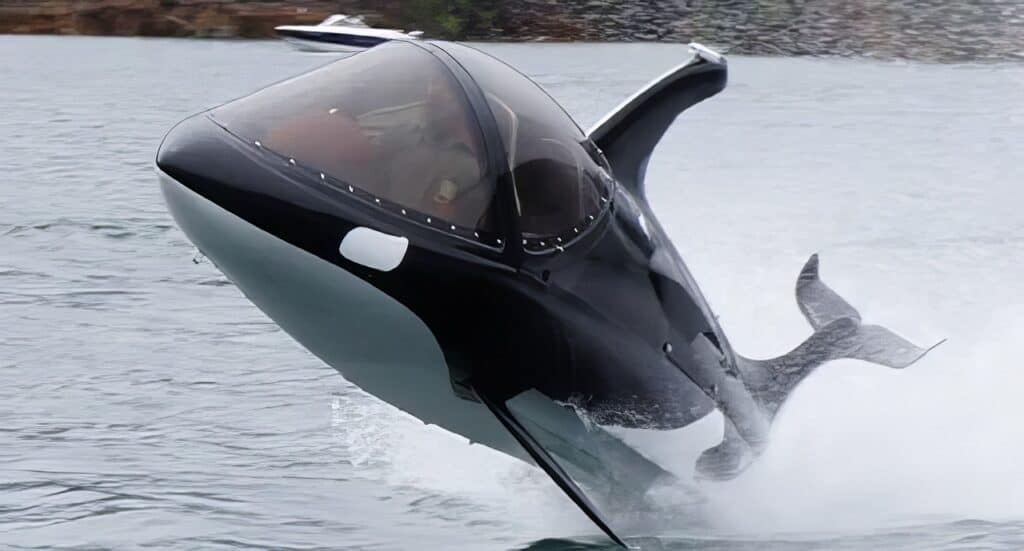
Seabreacher takes boating to a whole new level. Imagine cruising at speeds up to 50 mph, then diving underwater like a dolphin. This vessel does exactly that, blending the thrill of speedboats with the agility of submarines.
It’s designed to look and move like a marine mammal, offering an experience you can’t get anywhere else.
I had the chance to try it out last summer. Sliding into the water, I felt a rush as we picked up speed and then dove beneath the waves, only to leap back out again. It was exhilarating, feeling both the power and grace of this unique craft.
After surfacing from each dive, all I wanted was to go back down again. Next on our odd boat journey is “Aeria Mystery: Unraveling the Unknown.”.
Aeria Mystery: Unraveling the Unknown
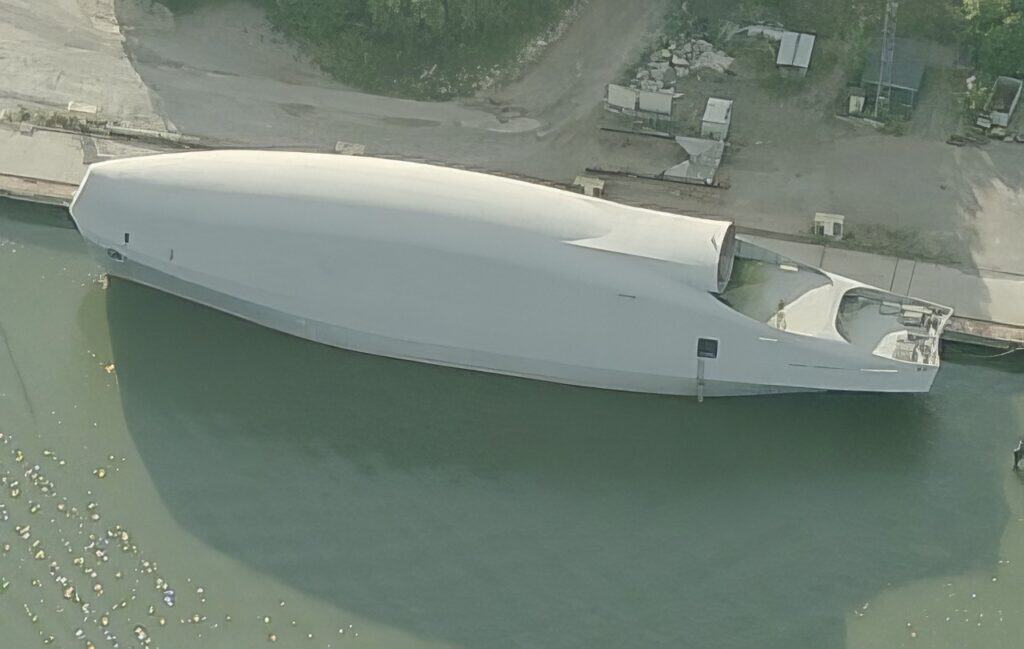
Moving from the sea to mysteries in the air, we find the Aeria. Not much is out there about this vessel. It’s a ghost among tales of innovation and design. Some say it was a project shrouded in secrets, aiming to combine air and water travel in ways never seen before.
The creators wanted something that could glide over waves yet soar into clouds. Sadly, details are scarce.
What’s known for sure is this: if it ever took off or sailed, it would have rewritten rules of transportation. Imagine a vehicle not bound by just earth or sky but mastering both realms.
The concept alone sparks wonder—combining the freedom of flying with cruising across waters seamlessly. Its story remains mostly hidden, fueling debates and curiosity among those fascinated by such elusive designs.
FLIP: The Floating Instrument Platform
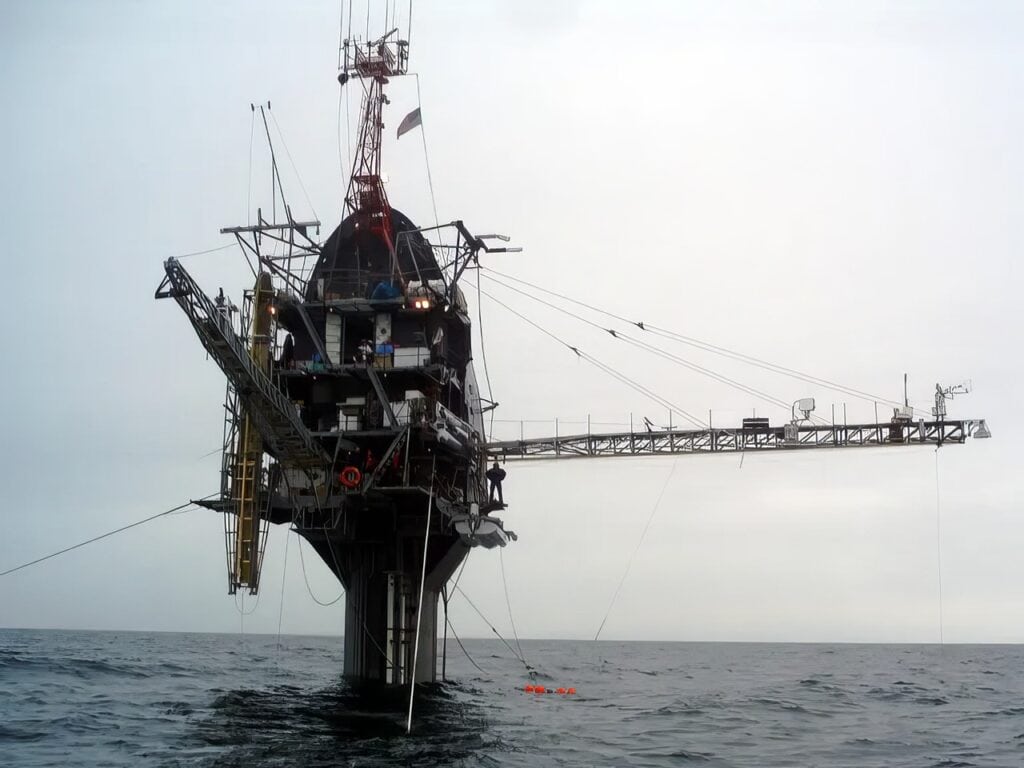
After exploring the enigmatic Aeria, we shift focus to another marvel of marine engineering – FLIP. Standing at 355 ft, this giant sea laboratory can change its position from horizontal to vertical in the water.
This unique trick allows it to stay stable, even when the ocean gets rough. Scientists use FLIP for important studies about sound underwater, how light behaves in the deep sea, and weather patterns.
FLIP is not just any boat; it’s a serious place for science, run by Scripps Institution of Oceanography. It has been on many missions since it started over 50 years ago. Because of its clever design, researchers can work all day and night without worrying about big waves messing up their experiments.
This platform has helped us learn lots through its long service.
Stability plus durability makes FLIP unmatched in ocean research.
Pioneering Spirit: Redefining Marine Engineering
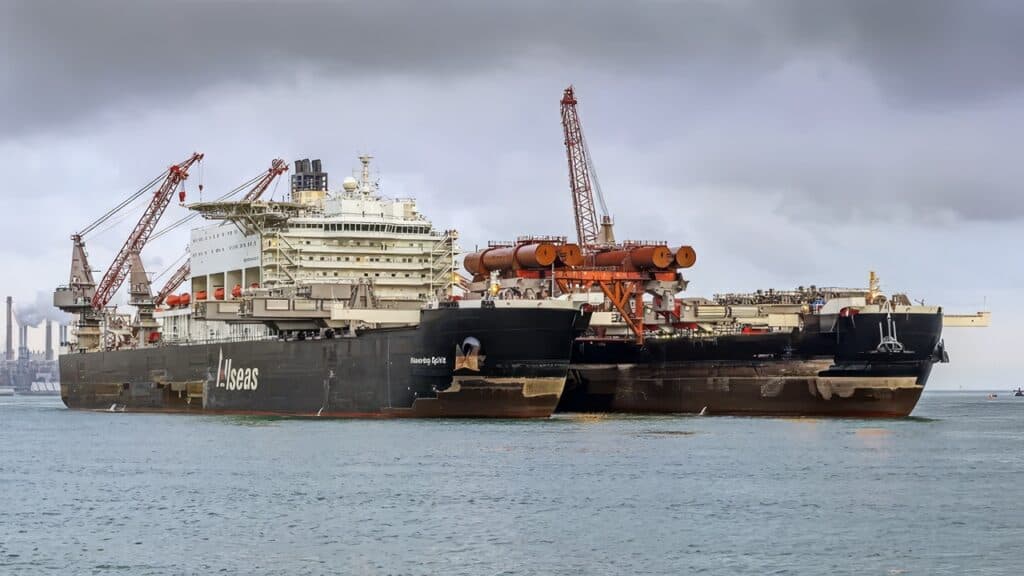
Pioneering Spirit stands as the largest construction ship ever made. This giant changes how we think about marine engineering with its mission to install and remove large oil platforms in the sea.
It does this more quickly and safely than any before, using a dual crane system that can lift weights equal to 20,000 cars. The ship also lays pipelines on the ocean floor, showing its versatility.
My first time seeing Pioneering Spirit was at a gas platform installation. It handled tasks that used to take weeks in just days. Its size and strength surprised me. The crew shared stories of working in deep waters and harsh weather, proving this vessel’s unmatched abilities.
This ship doesn’t just travel like a one-percenter; it reshapes our approach to challenging marine projects with clear outcomes: faster completion times, reduced risks, and high efficiency in the face of nature’s unpredictability.
Akademik Lomonosov: The Nuclear Power Icebreaker
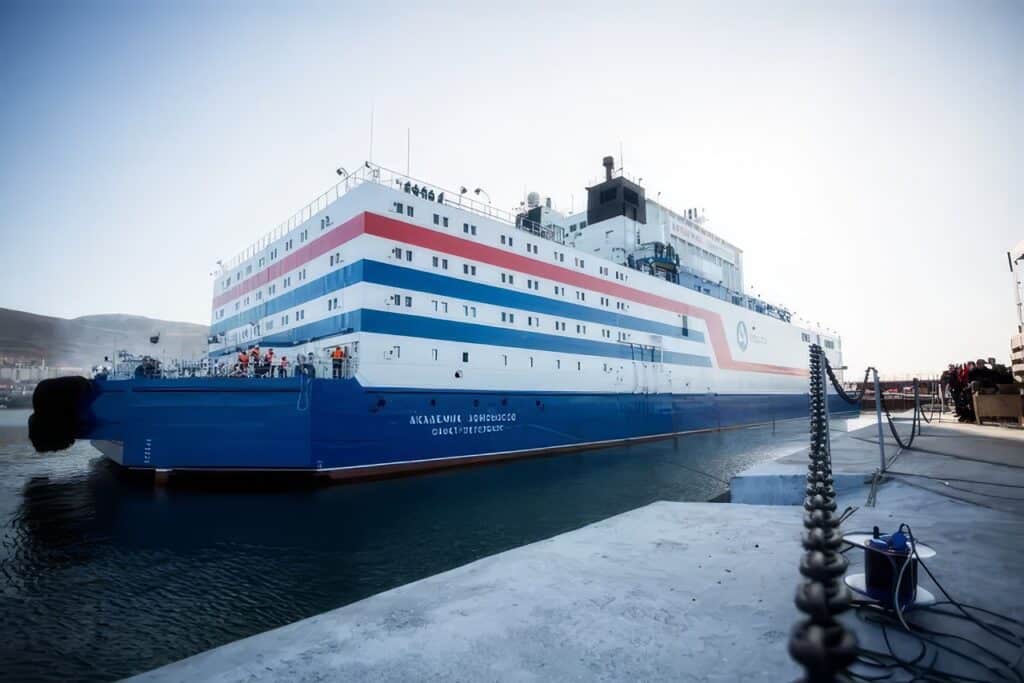
Akademik Lomonosov stands out as a unique marvel on the water. This vessel is not just any boat; it’s a floating nuclear power station. Stationed at the Arctic port of Pevek, it plays a crucial role by supplying 20% of the regional power demand.
Imagine being aboard this giant powerhouse as it cuts through ice, all while lighting up towns and guiding ships.
This icebreaker changes how we think about energy and exploration in frozen waters. It proves that boats can do much more than transport goods or people—they can also be sources of power in remote places where electricity is hard to come by.
With Akademik Lomonosov leading the way, icy regions are no longer left in the dark.
FAQs About the Weirdest Boats
What’s the SBX-1?
The SBX-1… it’s not your usual boat. Think of it as a floating fortress, ready to face anything on the sea.
Ever heard of the Titan Mare Explorer?
Yes! This one’s all about Saturn’s moons. It’s designed to sail alien seas… Imagine that!
Can boats really be weird and genius at once?
Absolutely! From fishing in style to exploring other worlds, these designs break the mold – they’re odd, yet oh-so-smart.
Why do people talk about these boats on social media platforms?
Well, because they’re cool… and different! People love sharing stuff that stands out from the crowd.
Are there any rules for making such unusual boats?
Sure thing – but think of them more like guidelines. Creativity’s key, but staying safe and respecting laws (like GDPR) matters too.
